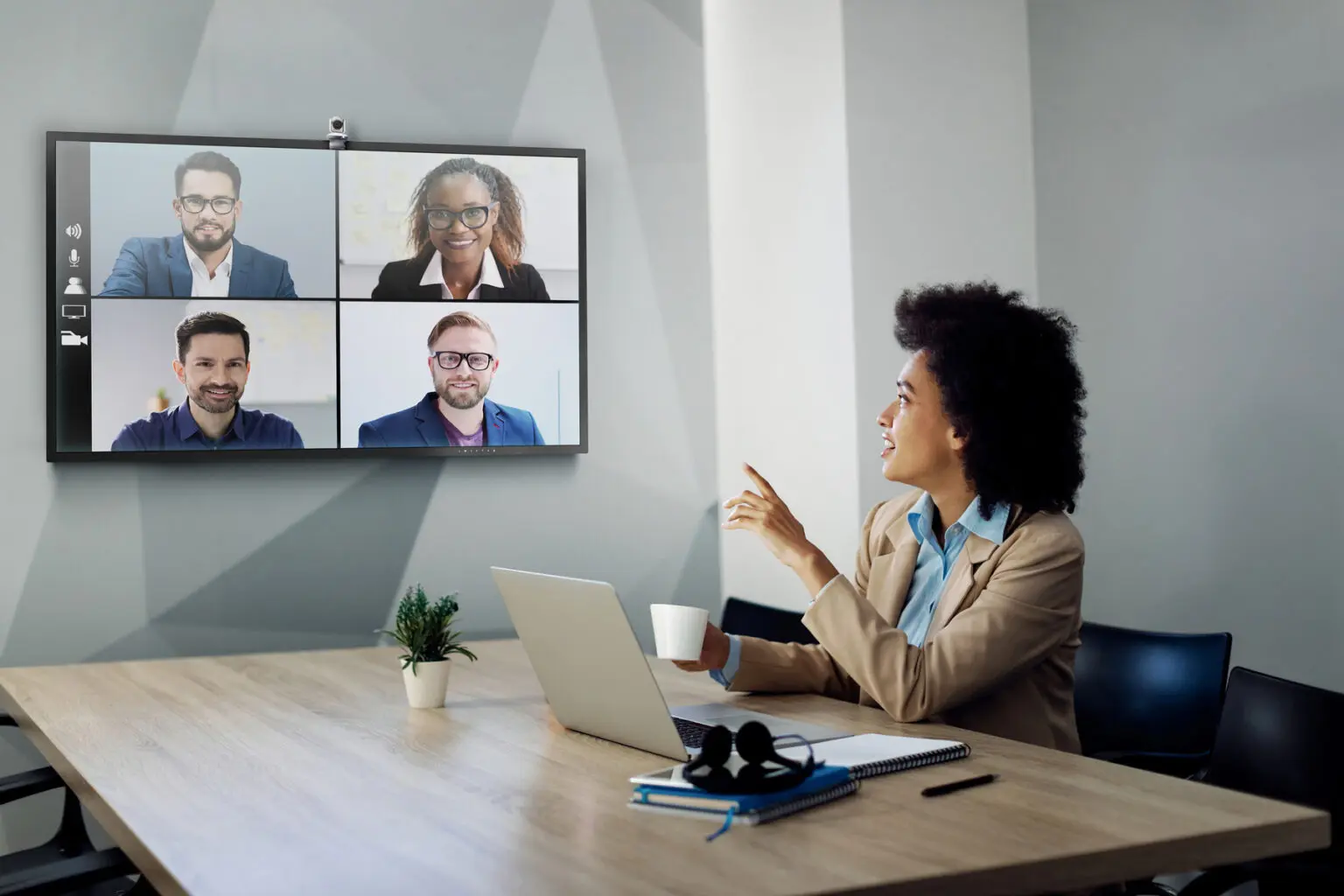Today’s educational system isn’t like anything we’ve ever experienced before. Students today are more digitally advanced than in any of the previous generations. That’s a good thing since the pandemic has forced students to study from the confines of their own homes, away from traditional classrooms. Of course, that has created distance between the classroom and teachers. The combination of all these factors has led to an interesting situation – one that has created ample opportunity for audio-visual technology in the education sector.
The Growing Role of AV Solutions in Modern Educational Institutions
As the classroom is now divided between various locations, it’s important to have the right technology to enhance seamless communication between the students and faculty. There needs to be more access to audio visual devices for all the concerned parties. That includes smartphones, laptops, tablets, and other such devices. The modern school child or college-goer is extremely familiar with all these devices and can use computers like pros. Therefore, trying to stick to old-fashioned methods of teaching would create friction between teachers and students. An interactive learning environment would keep students engaged and get them ready to live in an increasingly digital world.
1. Connects People from Across Different Locations
Both students and teachers are becoming more tech-savvy. Schools and colleges are installing more AV solutions in their classrooms as well. These can provide simple push-button control of AV devices and create a user-friendly and fun learning environment. They can use more modern technology such as interactive projectors and whiteboards as well. AV solutions facilitate easier collaboration, participation, and cooperation from your students. That will lead to a more dedicated team of students. This leads to an added retention of daily learning experiences. AV solutions are also helpful in the way they connect students with other students and teachers from different points across the globe and create a massively valuable experience that wouldn’t be possible otherwise.
2. Better Way of Imparting Knowledge
Experts have realized that students respond better to audio-visual aids than they do to plain textbooks. Grabbing your student’s attention is winning half the battle. Classroom AV solutions have the capacity to immerse students in the topics they’re discussing. The students are attentive and show interest in the subject that’s being taught. It’s like taking students to a museum without leaving the actual classroom facility behind. An interactive learning environment means that students will have meaningful conversations and deeper experiences amongst students. Teachers will no longer have to worry about a lack of concentration or retention among students.
There have been discussions where teachers with poor confidence have used AV tech to teach their students. It’s easy to use this technology with a little training. Most AV equipment is easy to use as well since many manufacturers have created user-friendly technology. Just ensure you partner with industry experts like us for seamless installation and premium technology. Interactive AV tech is evidently useful and even many parents can observe the use of this technology.
The Needs of Today’s Digital-Native Learners
1. Choice
The main reason technology such as cell phones is so popular is due to the incredible choice they provide to students. That includes various learning spaces and learning styles. AV technology gives students more personalized learning journeys. They’re also able to learn from any physical location that they wish to learn from. This technology is helpful as it can accommodate several different types of personalities. It’s good for private working spaces, noisier spaces for collaboration, etc.
2. Connectivity
Since Genz-ers and youngers have never really known a life without technology, the basic needs of digital natives will include easy access to facilities such as power, wi-fi and other facilities that would accommodate their lifestyles. For students, connectivity is even more important as a poor connection can make studying even more difficult. That’s why it’s essential to have a strong signal – for students to clearly and simply gather as much information as they can and as smoothly as possible. A faulty connection makes studying difficult and reduces the impact of the whole learning experience.
3. Personal Interaction
The biggest problem with studying from home is the lack of interaction between students. They must maximise their personal relationships as much as they can. That includes connections between peers, other students, and others. Interactive sessions are of the utmost importance when it comes to any kind of learning experience. Involving individuals outside their immediate school community would also help give digital natives real-life experiences in relevant fields.
The Challenges Brought in By the Pandemic
There were many challenges brought about by the pandemic. Those include students unable to interact with other students, like how they would have in a normal classroom set-up. That lack of face-to-face interaction frankly can’t be replaced but AV tech does a good job in creating a replacement. Another challenge is that shy students may have a harder time speaking up during a virtual class. Issues with lack of infrastructure and poor connectivity are also problematic. Essentially, all these challenges can be overcome with a state-of-the-art system that would help schools do well. Talk to us to see how our powerful and state-of-the-art solutions are helping some of the leading educational institutions deliver the learning today’s students need.



